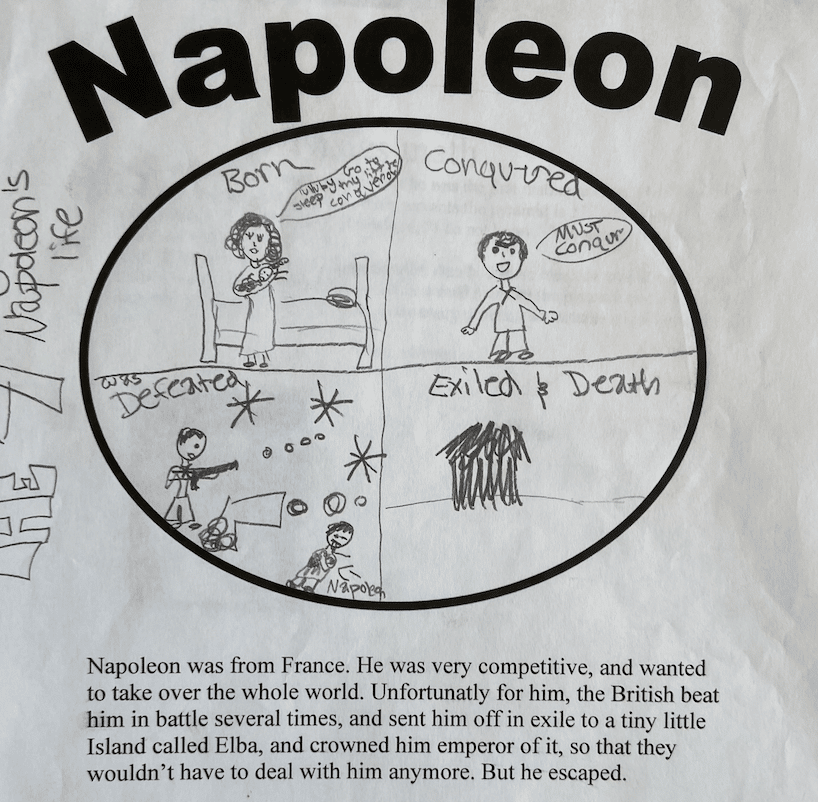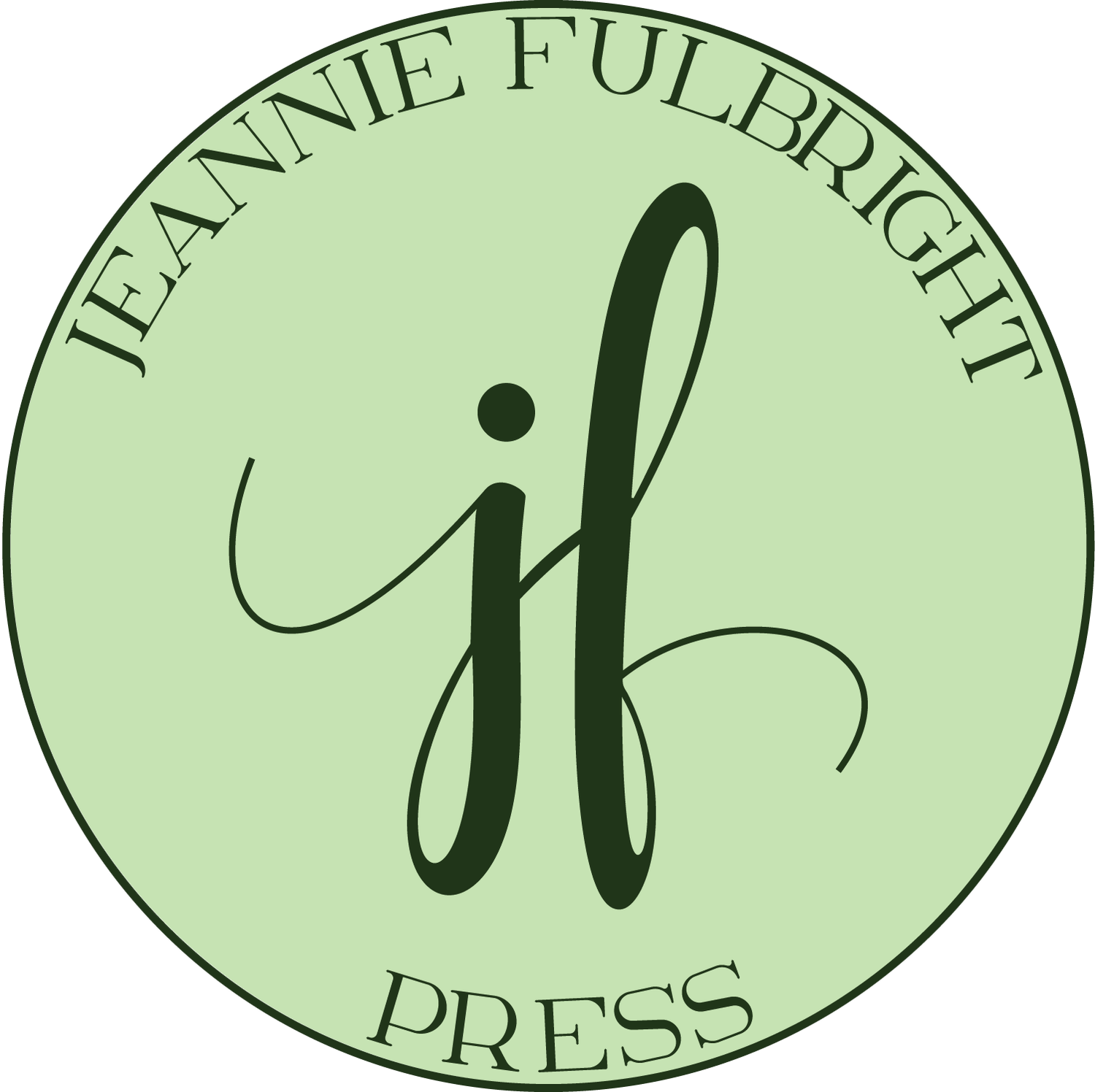Notebooking History
Hey Homeschooler! It’s been a wild and wonderful week for me. My daughter and her family moved back to Atlanta with my new grandson. They’ve been living here for a week and it’s been glorious. They move into their new place on Friday. The fun thing about having my daughter back in our town is, not only will my grandson be close by, she is leaving her illustrious career to come work for me!
We have an amazing product in the works that I know you’ll love. And the wonderful thing is it uses the same Charlotte Mason methodology of teaching certain subjects that I used with my daughter. (She was homeschooled all the way through high school and later graduated Magna Cum Laude from University of Georgia ~ Homeschooling Works!) We’re going to work together to create something that makes what I did with her easier to implement. I can’t wait to tell you more about it!
Have you started school yet? I’m sure you’re probably already settled on a history curriculum. Whatever materials you chose, be sure to employ notebooking as the primary means of recording what your children learn.
What is Notebooking?
Notebooking is simply the art of using comprehension and the imagination to create a living book of one’s own knowledge. It increases learning and retention by activating the neural pathways in the brain responsible for critical thinking and memory.
Rather than consuming someone else’s production, the child produces his own. When creating notebooking pages, children use higher brain functions to produce a book of their knowledge. Conversely, children who merely fill in worksheets utilize low level brain function to consume a product someone else created.
Which do we want, consumers or producers?
I know you want producers. But how does one do notebooking?
How to Start Notebooking
First, throw out the worksheets. I don’t care if your child is in elementary, middle, or high school. Just toss them away. You don’t need them. They don’t work.
Then, each week, after your child has engaged with new knowledge, employ him in the creative work of producing something pertaining to what was learned. This can be as simple as creating an illustration or writing a few words, sentences, or paragraphs (depending on the age of your child). It can be as elaborate as designing a commemorative postage stamp, a miniature book, a book review, or any number of creative endeavors.
I've compiled a list of notebooking ideas and activities to use in place of those lifeless worksheets. Go here to read the list.
When Should You Ask Your Child to Notebook?
The perfect time to create a notebook page is:
- After finishing a book, a lesson, a chapter, a page, or a section of reading
- After watching a documentary or video
- After listening to an audiobook or podcast
- After visiting a museum or any learning opportunity your children encounter
How Often Should We Notebook?
I wouldn’t require notebooking more than once a week. When children create a notebook page, they access the short-term memory where all the recent information is stored. While processing and organizing this information, their imagination is activated as they contemplate how they’ll portray this knowledge on paper.
Notebooking Creates Retention
This instigates far deeper thinking than one would engage in with a worksheet. In fact, it moves the information from the short-term memory into the long-term memory. The children have visualized the knowledge; it’s now a picture in their mind.
Charlotte Mason tells us, “And of course that which they visualize, or imagine clearly, they know, it is a life’s possession.”
Notebooking Creates Memories
One thing you’ll discover after using this educational model is your children’s notebooks will become a treasure to you (and to them) when they’ve moved on from homeschooling. My children still enjoy looking at their creations from twenty or more years before. They serve as a lovely reminder of all the incredible learning that took place in our home.
Each and every notebook is a record of my children’s education and a chronicle of the Fulbright homeschooling adventure.
Examples of My Own Children’s Notebook Pages
Look below to see some of the unique notebooking pages and projects my own children created when they were young.
My Upcoming History Series
For almost twenty years, moms who have used my science books have asked me to write a history series. They’ve enjoyed my engaging, living narrative and the fun notebooking activities and hands-on projects that have brought their homeschool science to life.
At the time, it wasn’t in God’s plan for me. But now that I’m an empty nester, I’ve felt a strong calling from the Lord to create an elementary history series. So be on the lookout for the first book in my American history series: Living Streams Early American History, available next January. It’s very different from any other history series out there. I think you’ll find it lines up perfectly with your Charlotte Mason methodology of using living books to teach history. Go here to learn more about this new history series in the works!




